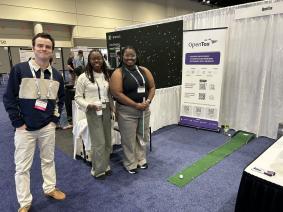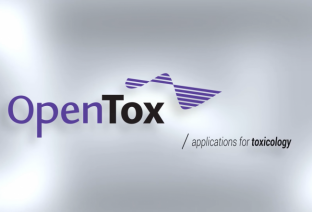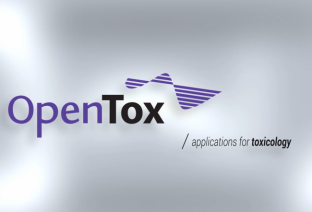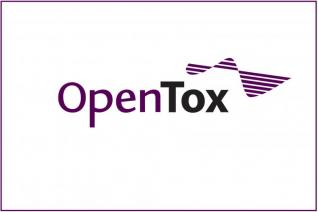OpenTox USA 2017 Summary
A Short Recap
The OpenTox USA 2017 Conference took place July 12-13, 2017 at Duke University, Raleigh-Durham, which is a growing destination for biotechnology, pharmaceuticals, and life sciences. Our event had a diverse group of attendees who came together from academia, government, and private sector backgrounds. This helped make for a strong event program which I will do my best to briefly summarize.
Our 5 Conference Sessions included topics such as omics data analysis in safety assessment, data management/toxicology data, data-driven AOPs, ITS approaches, and toxicity testing/nanomaterial exposures. There were simply too many talks given to all name here, hence I will try my best to highlight a few.
Our first session focused on the topic of omics data analysis in safety assessment. Speaker Scott Auerbach of the National Toxicology Program (NTP) explained how the NTP is working to incorporate in vivo dose-response transcriptomics into its chemical assessments.
Session 2 speaker Lyle Burgoon of the US Army Engineer Research and Development Center explained why data management of toxicology data matters not just for civilians, but is equally if not more important to warfighters and first responders in a hazardous scenario. To improve the safety of these individuals he spoke of better and more interoperable data, a common theme for this session.
In session 3, Grace Patlewicz of the US EPA gave a talk describing both the strengths and weaknesses of various public read-across tools. She explained how few if any consider uncertainty assessment, and how they hope to bridge this gap.
Session 4 focused on integrated approaches to testing and assessment. One of the speakers, Judy Strickland of Integrated Laboratory Systems focused her talk on the identification and validation of non-animal alternatives for skin sensitization testing. The approach she highlighted was using in vitro, in chemico, and in silico information to produce the best result.
For our final session, the theme was toxicity testing and nanomaterial exposures. Speaker Salik Hussain used his talk to describe how individuals with pre-existing inflammatory conditions are more susceptible to environmental pollution. He also explained that recently several nanomaterials have proved themselves as excellent candidates for environmental applications.
To wrap up our meeting we had 2 lively coffee fueled discussions on the future directions of risk assessment and in silico reproducibility. We also took some time to announce a few new OpenTox initiatives such as the creation of OpenTox Local Chapters (Raleigh-Durham will be our first U.S chapter) and OpenTox Internships. We followed the conference proceedings with a group dinner at a nice local restaurant aptly named Local 22.





